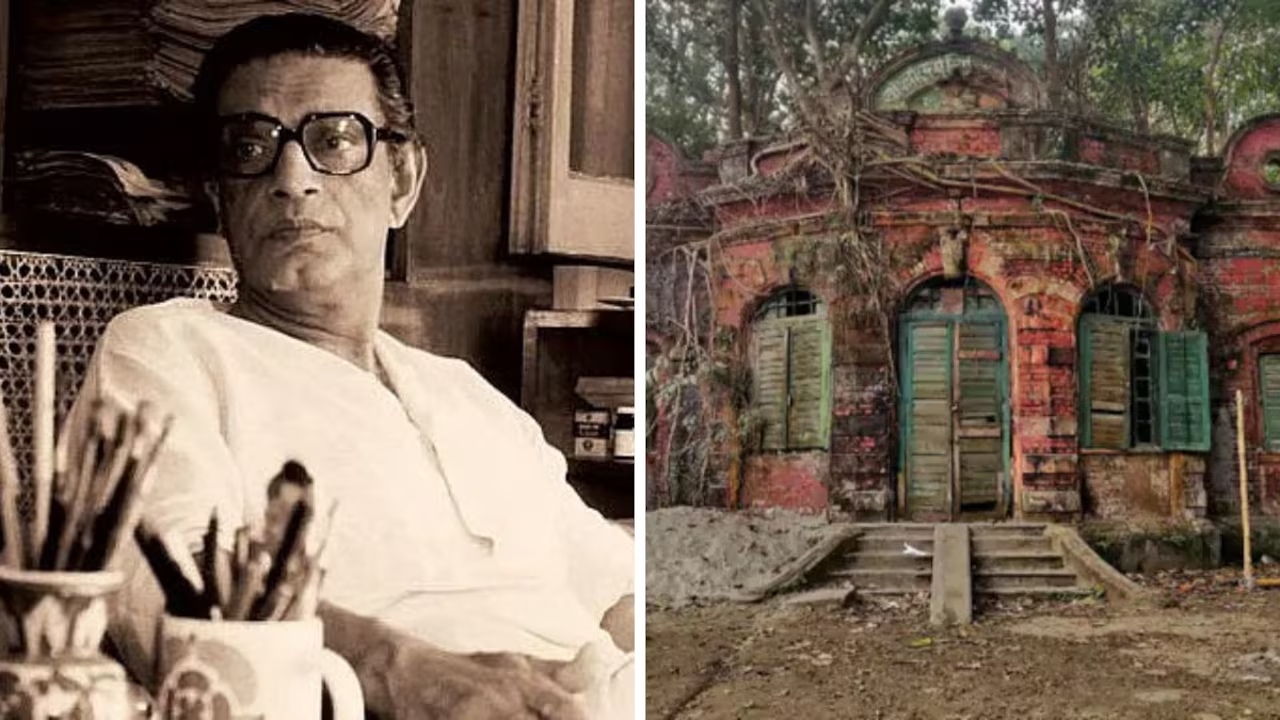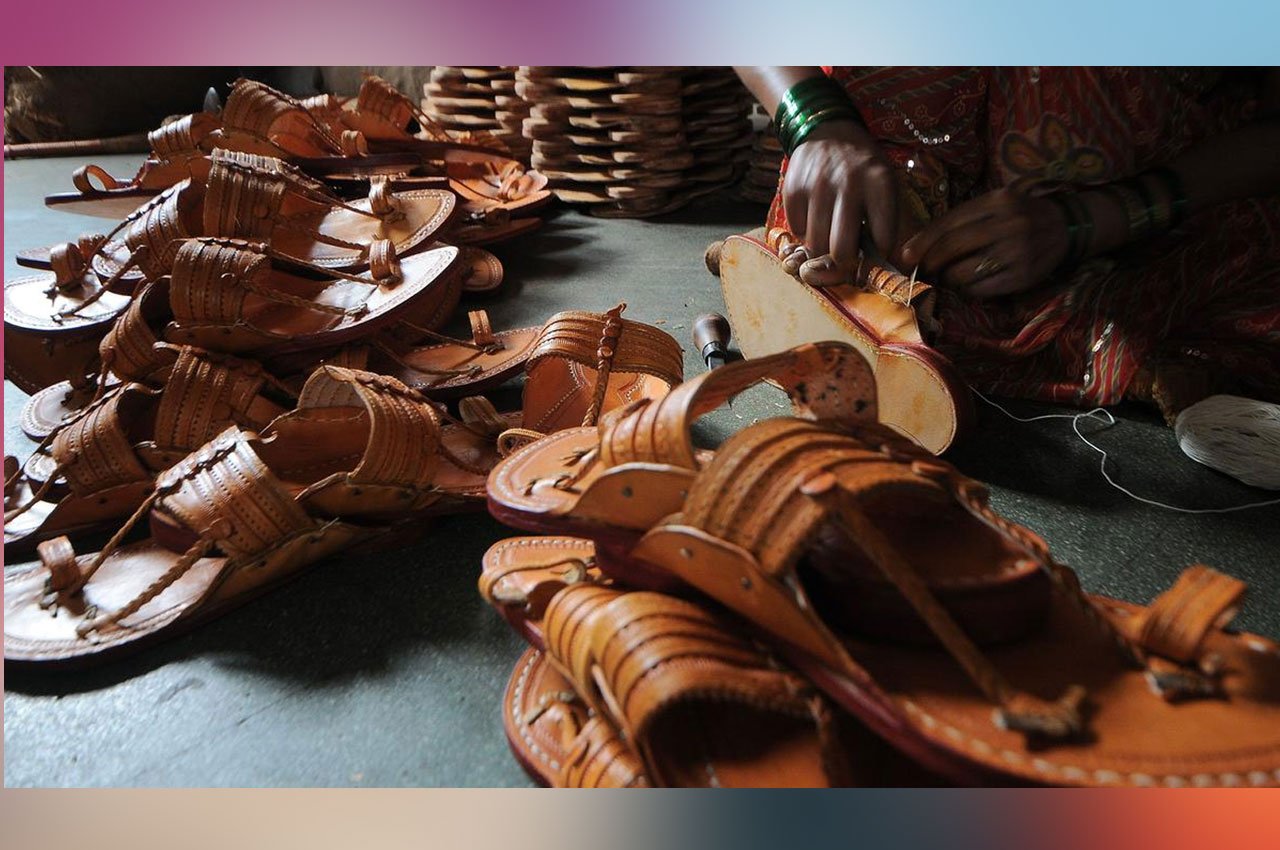India has formally urged Bangladesh to reconsider the demolition of Satyajit Ray’s ancestral home, offering financial and technical support to repair the heritage site, reported NDTV. This move reflects deep concern over preserving the cultural legacy of Ray’s grandfather, Upendra Kishore Ray Chowdhury, whose Mymensingh homestead has been central to Bengal’s literary and artistic renaissance.
Ancient bricks and weather-beaten woodwork in Mymensingh tell a story of art, science, and storytelling—threads that bind generations of the Ray family. Once home to the legendary filmmaker’s grandfather and later the site of the Mymensingh Shishu Academy, the structure was abandoned for over a decade before demolition began to make way for a new, semi-concrete building. Concerned heritage groups argue that such demolition erases tangible links to a shared subcontinental cultural past.
The Indian Ministry of External Affairs expressed “profound regret” at reports of the demolition and stated that the building symbolises the spirit of the Bengal Renaissance. Officials emphasised that this heritage site should be preserved, restored, and converted into a museum commemorating literature, art, and the enduring bonds between India and Bangladesh.
The plea from New Delhi echoes the emotional appeal by West Bengal Chief Minister Mamata Banerjee, who described the demolition as “extremely distressing.” She appealed for immediate action from Dhaka and emphasised that Upendra Kishore’s home forms part of a legacy extending through Sukumar Ray and Satyajit Ray—pillars of Bengal’s cultural identity. Banerjee also urged the central government to lend support for saving the ancestral structure.
Bangladesh’s Department of Archaeology and the local administration defended the demolition, citing structural safety concerns. Officials noted that the building had deteriorated significantly and posed risks to children frequenting the Shishu Academy prior to its relocation. They also affirmed that the demolition followed proper approvals.
India’s offer of assistance is not purely sentimental. It involves actionable steps including architectural surveys, conservation planning, and infrastructure support to convert the building into a cultural museum. The MEA emphasised its willingness to cooperate with Dhaka to honour the shared bonds between the two nations and celebrate a cultural icon whose work transcends borders.
Cultural historians, artists, and literary scholars have echoed these sentiments. They argue that once a heritage site is lost, it cannot be replicated. In an era where public memory is increasingly fleeting, efforts to physically preserve such landmarks become all the more essential. Satyajit Ray’s films, celebrated worldwide, continue to originate from the milieu fostered by his forebears—an environment now under threat.
The situation reflects broader geopolitical and cultural dynamics. India’s appeal intersects with Bangladesh’s urban development plans, often focused on modernisation at the cost of heritage. Mymensingh officials supported a replacement building designed to serve children’s educational needs, while India urged that renovation, rather than demolition, could meet both objectives.
This also arrives in the context of other controversial demolitions in Bangladesh, such as the razing of Sheikh Mujibur Rahman’s Dhanmondi 32 residence earlier this year. While that incident sparked a diplomatic backlash, the Ray house holds profound cultural significance for India and unites civilians across linguistic and political lines.
If India and Bangladesh can agree on restoration plans, Mymensingh could become a showcase of cross-border heritage collaboration. Imagining the ancestral home converted into a literary museum enriched by art exhibitions, film screenings, educational outreach, and archives related to the Bengal Renaissance is both aspirational and practical. For local communities, it would serve as both a resource and a source of tourism-driven economic growth.
At its core, this appeal goes beyond nostalgia. It touches on global questions of how modern cities balance growth with cultural memory. India’s diplomatic intervention signals that heritage is not just sentimental—it is integral to identity, education, and international friendship.
Time will tell whether Dhaka responds to calls from New Delhi and cultural advocates to halt the demolition and begin a conservation plan. If it does, Satyajit Ray’s ancestral home could emerge as a transnational emblem of shared history. If not, the loss will echo not just in brick and mortar but in the disappearance of collective memory.
Photo Credit: Ajj Tak




